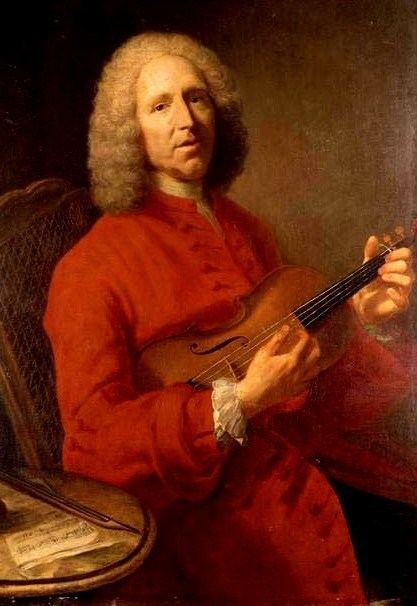First performance 30 October 1753 Librettist Charles Collé | Language French | |
 | ||
Similar Les fêtes de Polymnie, Acante et Céphise, Les surprises de l'Amour, Le temple de la Gloire, Naïs | ||
Daphnis et Eglé is an opera by Jean-Philippe Rameau. It was due to appear on 30 October 1753 at Fontainebleau, but the performance was cancelled. It takes the form of a pastorale héroïque in one act. The librettist was Charles Collé.
Contents
Performance history
The opera was planned as part of the court of King Louis XV's entertainments at Fontainebleau and was intended as an afterpiece to a play by Nivelle de la Chaussée, La fausse antipathie. However, the dress rehearsal went so badly that the premiere was cancelled and the opera was never staged in Rameau's lifetime.
This was the only artistic collaboration between Collé and Rameau. Paul F. Rice has commented that this collaboration was an unhappy one, and speculated that this was due to Rameau's demands that Collé edit his libretto. This caused Collé to harbor resentment towards Rameau, even after the composer's death.
Music
The opera was the first which Rameau composed after the outbreak of the Querelle des Bouffons and some of the music shows Italian influence. The score contains 23 dance airs.
Synopsis
The opera tells the story of a shepherd, Daphnis, and a shepherdess, Eglé, who believe they are merely friends until Cupid reveals they are really in love with each other.
